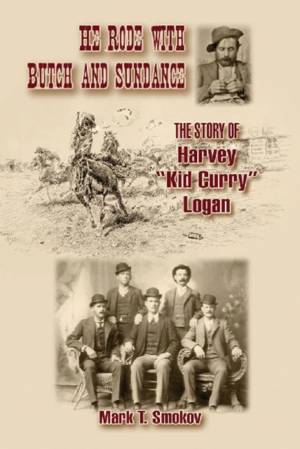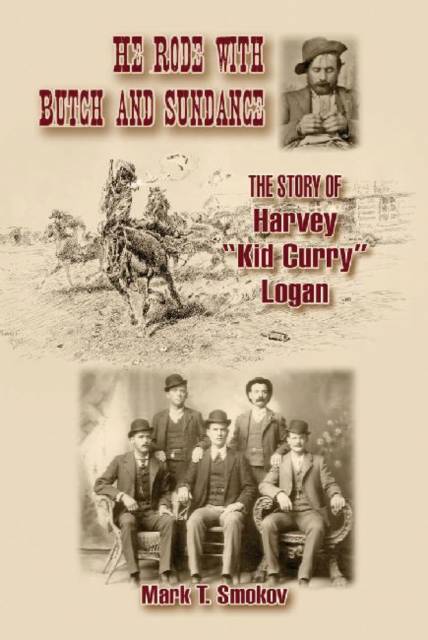
- Retrait gratuit dans votre magasin Club
- 7.000.000 titres dans notre catalogue
- Payer en toute sécurité
- Toujours un magasin près de chez vous
- Retrait gratuit dans votre magasin Club
- 7.000.0000 titres dans notre catalogue
- Payer en toute sécurité
- Toujours un magasin près de chez vous
Description
Pinned down by a posse, the wounded outlaw's companions urged him to escape through the gulch. "Don't wait for me," he replied, "I'm all in and might as well end it right here." Placing his revolver to his right temple, he pulled the trigger for the last time, thus ending the life of the notorious "Kid Curry" of the Wild Bunch.
It is long past time for the publication of a well-researched, definitive biography of the infamous western outlaw Harvey Alexander Logan, better known by his alias Kid Curry. He spent his formative years near Kansas City, Missouri, and came west with his older brother to become a cowboy. A violent conflict with a ranching neighbor in Montana caused him to flee to the Hole-in-the-Wall valley in Wyoming, where he became involved in rustling and eventually graduated to bank and train robbing as a member--and soon leader--of the Wild Bunch. This outlaw group was a melding of the best of the Hole-in-the-Wall gang and Butch Cassidy's Powder Springs gang, from the area where the borders of Utah, Colorado, and Wyoming meet. The core members of the gang came to be Butch Cassidy, the Sundance Kid, George "Flatnose" Currie, Elzy Lay, Ben "the Tall Texan" Kilpatrick, Will Carver, and Kid Curry.
Kid Curry has been portrayed as a cold-blooded killer, without any compassion or conscience and possessed of limited intelligence. Curry indeed was a dangerous man with a violent temperament, which was aggravated by alcoholic drink. When he felt taken advantage of or was threatened with losing his freedom, he didn't hesitate to use force to defend himself by ambushing a posse or shooting at policemen. However, Mark T. Smokov shows that Curry's record of kills is highly exaggerated, and that he was not the bloodthirsty killer that many have claimed. In fact, when he was brought to trial, he was charged (and convicted) with forging and passing stolen banknotes, instead of murder or even train robbery, due to lack of evidence for the many murders attributed to him.
Smokov has researched extensively in areas significant to Curry's story (Hole-in-the-Wall, Brown's Park, the Little Rockies), talking to local ranchers and townspeople, visiting museums, and collecting pertinent material and photographs. He corrects the many false statements that have been written about Curry in the past, presenting a much more accurate and balanced account of his life. Curry was a cunning outlaw who planned and executed robberies on par with anything Butch Cassidy is reported to have pulled off. Smokov contends that Curry was the actual train robbing leader of the Wild Bunch--there is no concrete evidence that Cassidy ever robbed a train. He also presents new evidence that is virtually conclusive in resolving whether or not Curry was the "unknown bandit" who killed himself after robbing a train near Parachute, Colorado, in 1904.
Spécifications
Parties prenantes
- Auteur(s) :
- Editeur:
Contenu
- Nombre de pages :
- 464
- Langue:
- Anglais
- Collection :
- Tome:
- n° 13
Caractéristiques
- EAN:
- 9781574414707
- Date de parution :
- 16-07-12
- Format:
- Livre relié
- Format numérique:
- Genaaid
- Dimensions :
- 162 mm x 237 mm
- Poids :
- 775 g

Les avis
Nous publions uniquement les avis qui respectent les conditions requises. Consultez nos conditions pour les avis.






